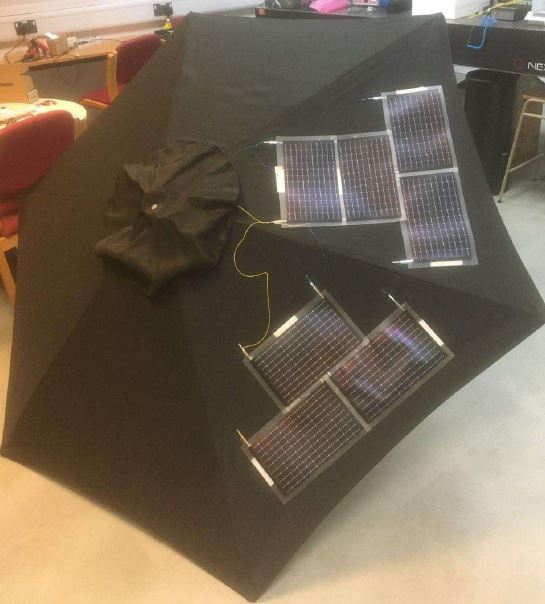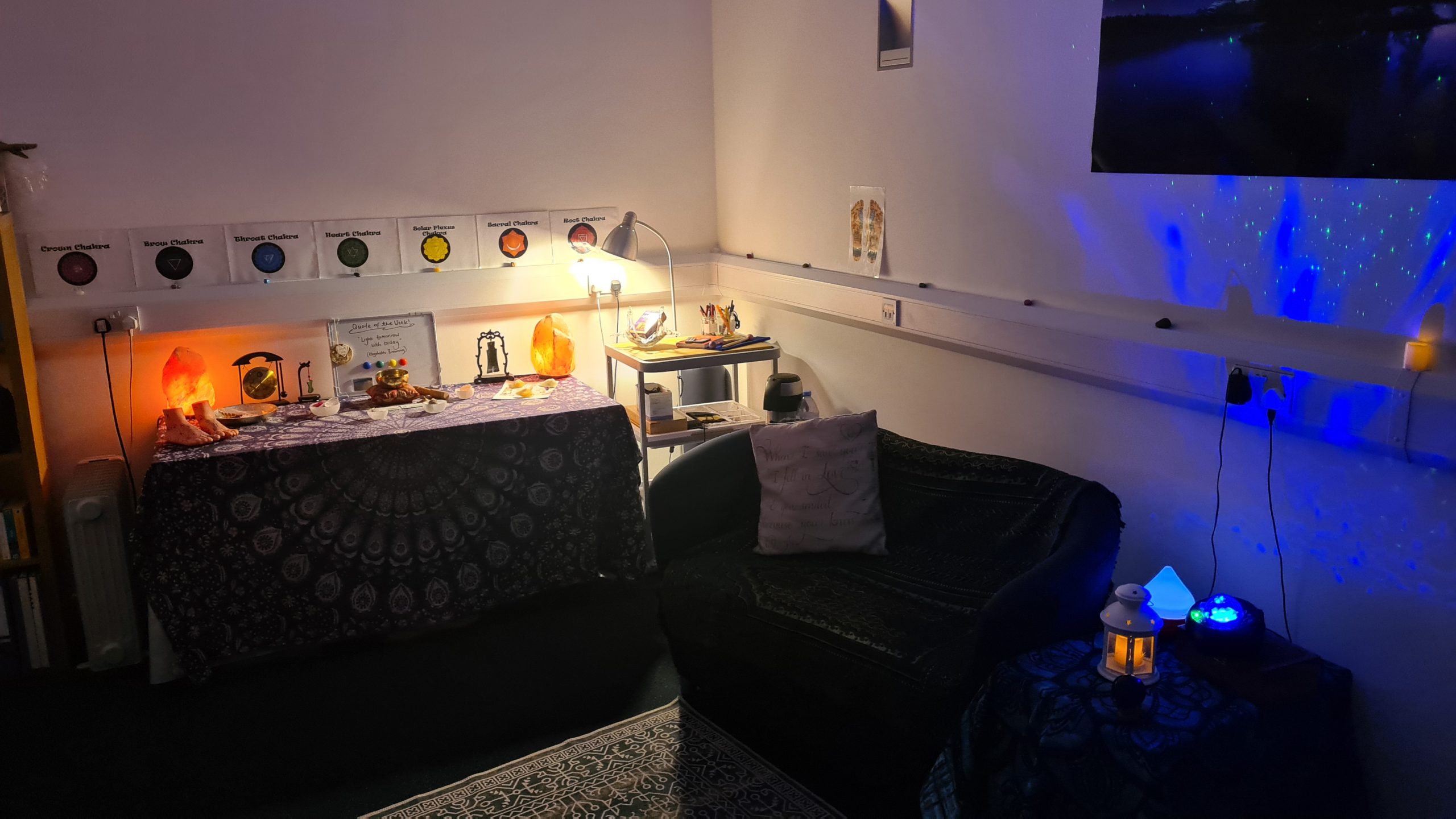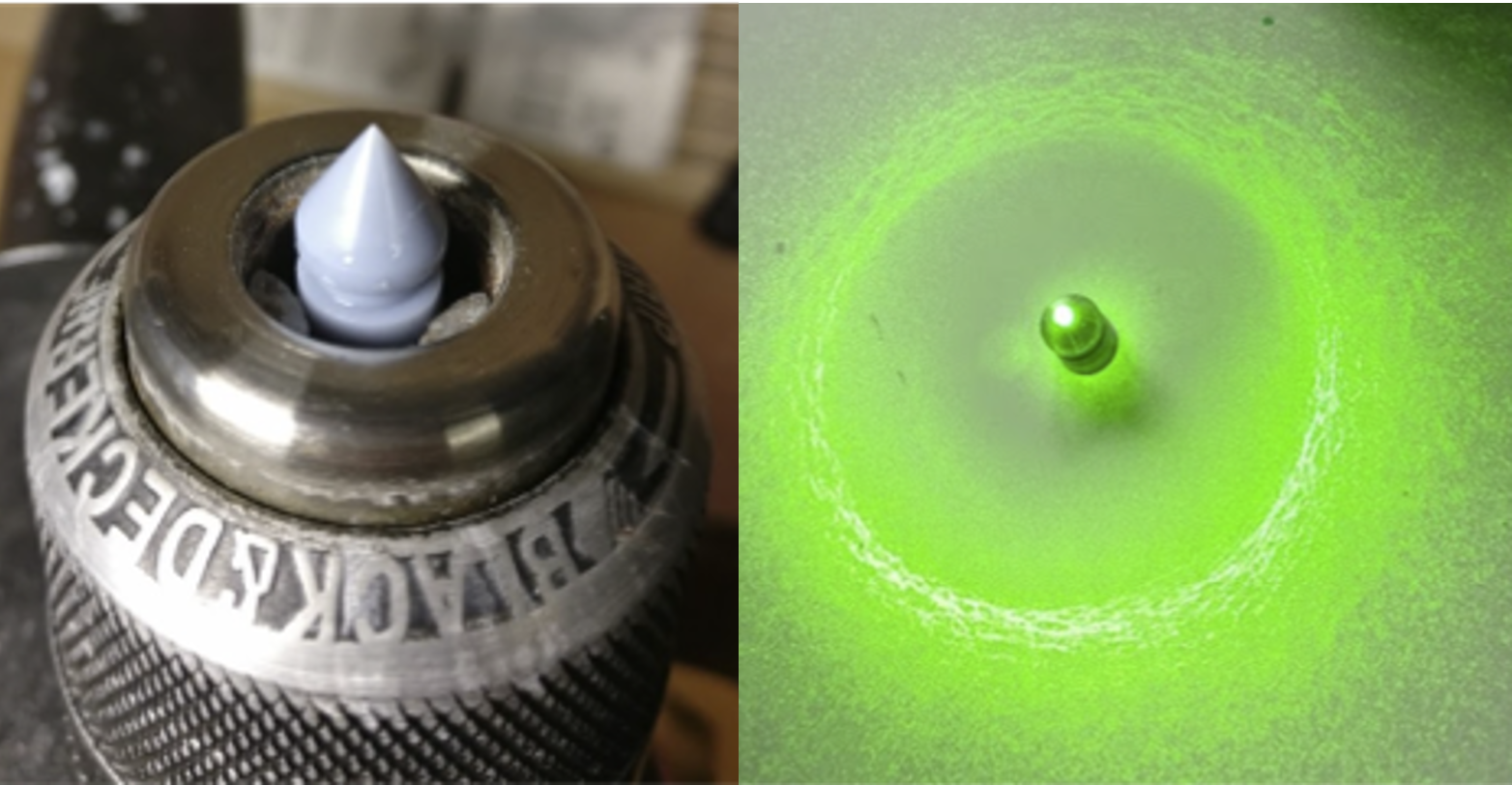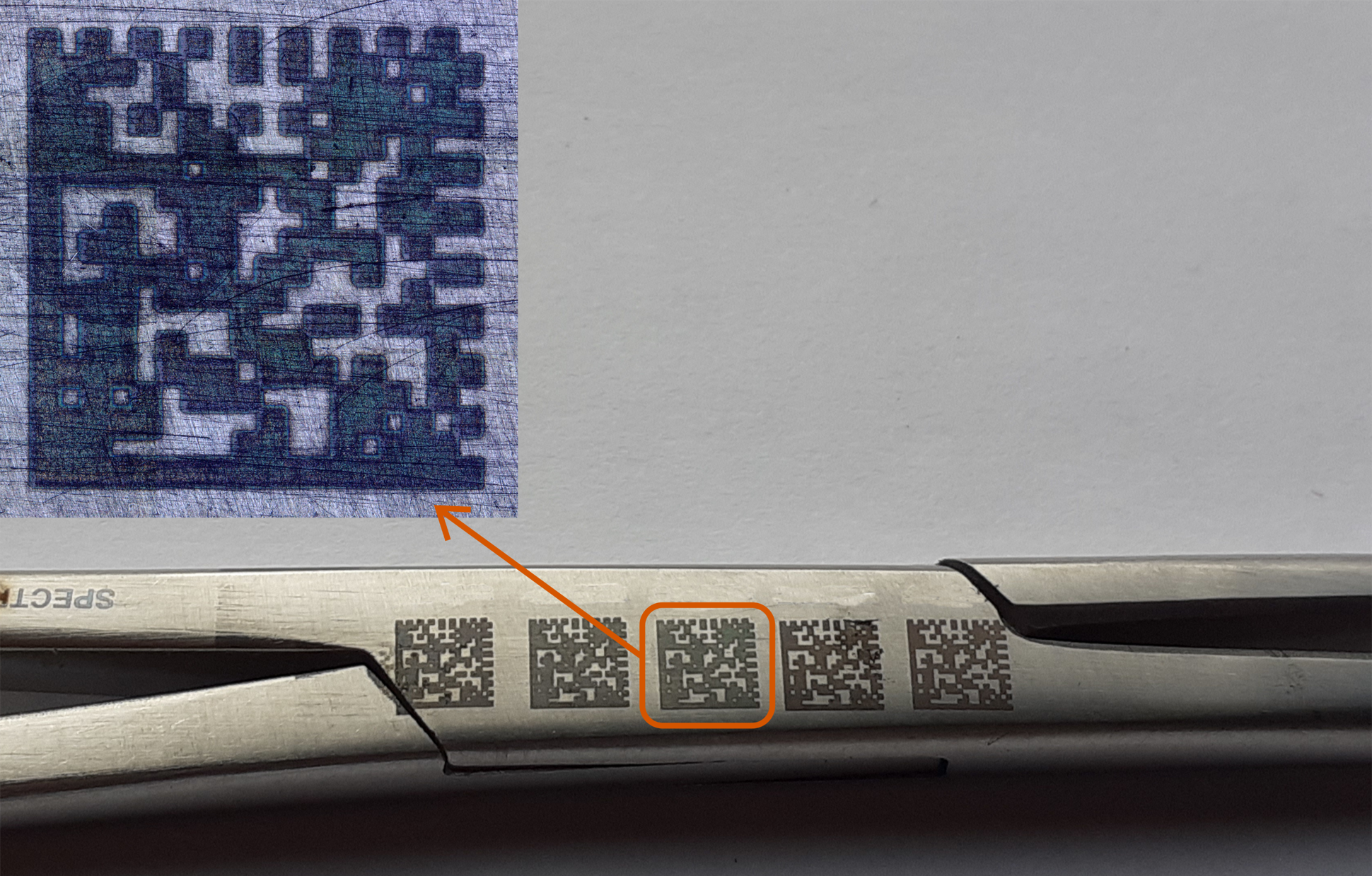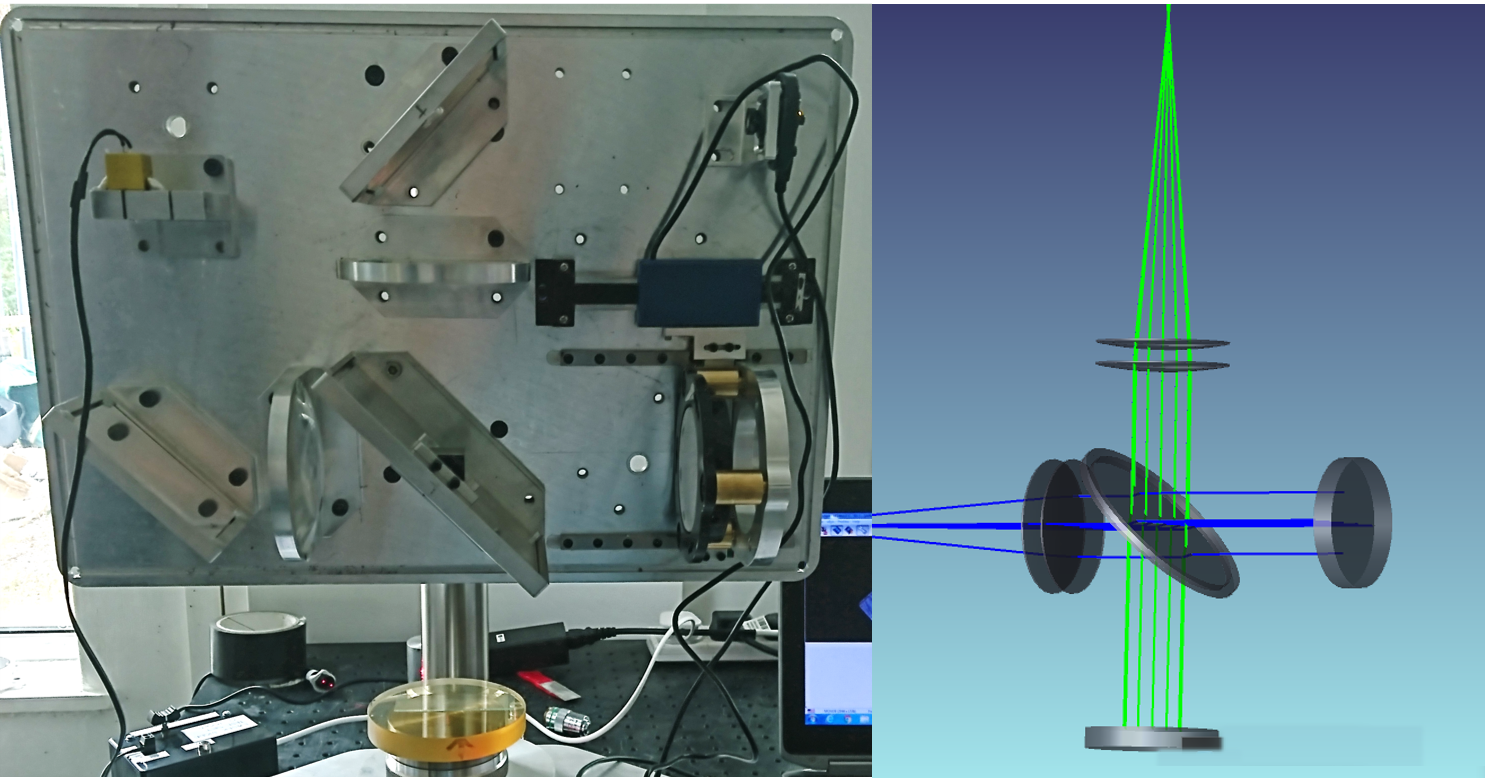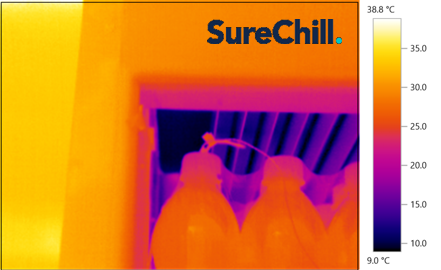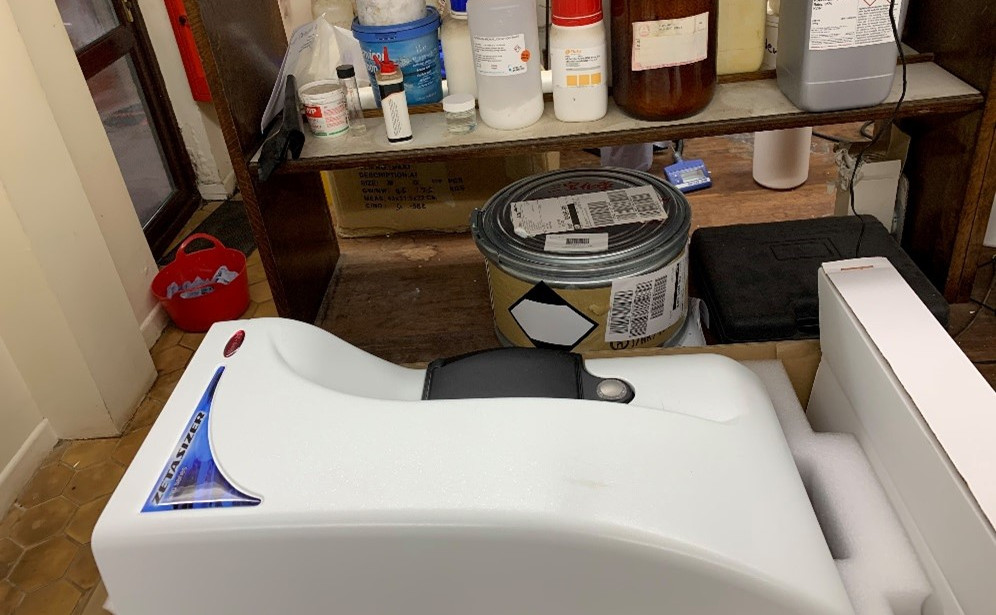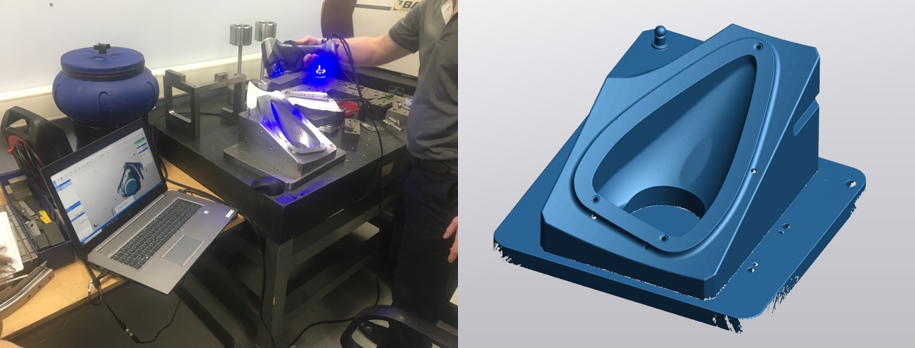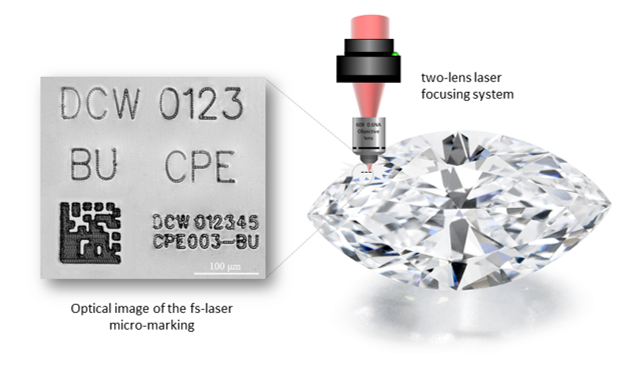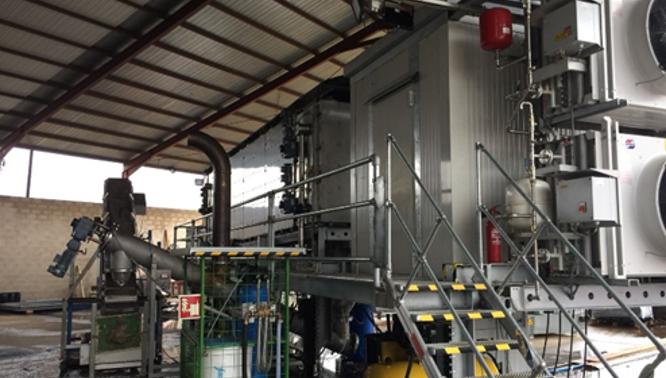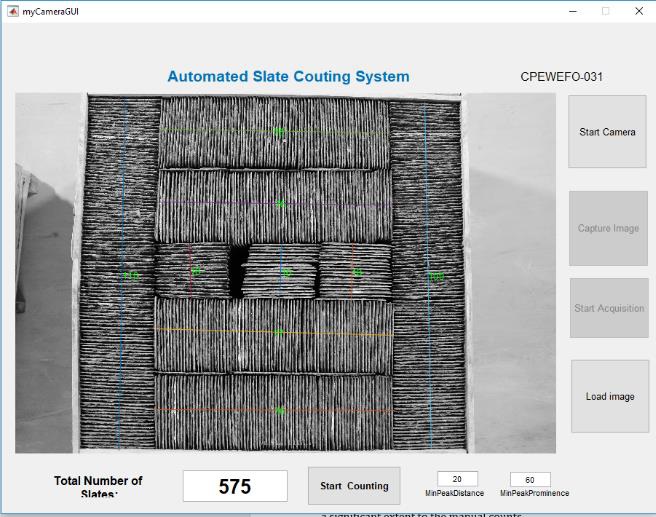UVC disinfection lamps were designed to produce UVC radiation, which in-turn results in great disinfection and sterilization properties. In today’s industries, UVC applications are the recommended standard for surface, air and water sterilization.
COVID-19 highlights the reason for UVC applications to reach popularity. The principle of operation for UVC lamps is the radiation. For example, if a known surface has been in contact with a user who had COVID-19, the surface is then exposed with UVC light and the radiation wraps the structure of the genetic material of the virus, preventing the viral particles from making more copies of themselves.
The CPE team at the University of South Wales held further discussions with Space Republic where it was determined that an air purification system for use with personal office pods was to be developed. The aim of which was to achieve sufficient intensity of ultraviolet light in order to have a meaningful impact on the destruction of airborne pathogens.
In order to confirm that the design proposed by Space Republic was practical, CPE began to provide their knowledge of the optical properties of materials and expertise in optical modelling, while the enterprise provided their knowledge of the design constraints and practical considerations of the materials chosen to design the pod.
The CPE team is now at the experimenting stage of the project, where the team aims to optically model the air purification system to determine relationship between UVC lamp power and time required to purify air passing through. The results of this experiment will then be highlighted to the company alongside the proposed and test alternative iterations of lamp positioning, purifier design, ducting dimensions and form factor to potentially improve rate of air purification. Furthermore, this will also allow Space Republic to be engaged in discussions relating to continued prospects of the collaboration and implementation of its findings.






